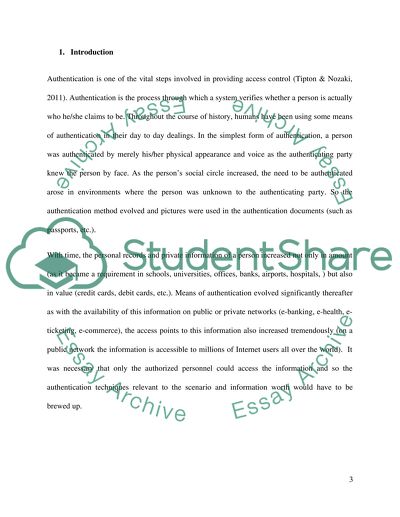Cite this document
(“Authentication Methods and Techniques Research Paper”, n.d.)
Retrieved de https://studentshare.org/information-technology/1399534-information-security-reserch-paper
Retrieved de https://studentshare.org/information-technology/1399534-information-security-reserch-paper
(Authentication Methods and Techniques Research Paper)
https://studentshare.org/information-technology/1399534-information-security-reserch-paper.
https://studentshare.org/information-technology/1399534-information-security-reserch-paper.
“Authentication Methods and Techniques Research Paper”, n.d. https://studentshare.org/information-technology/1399534-information-security-reserch-paper.


